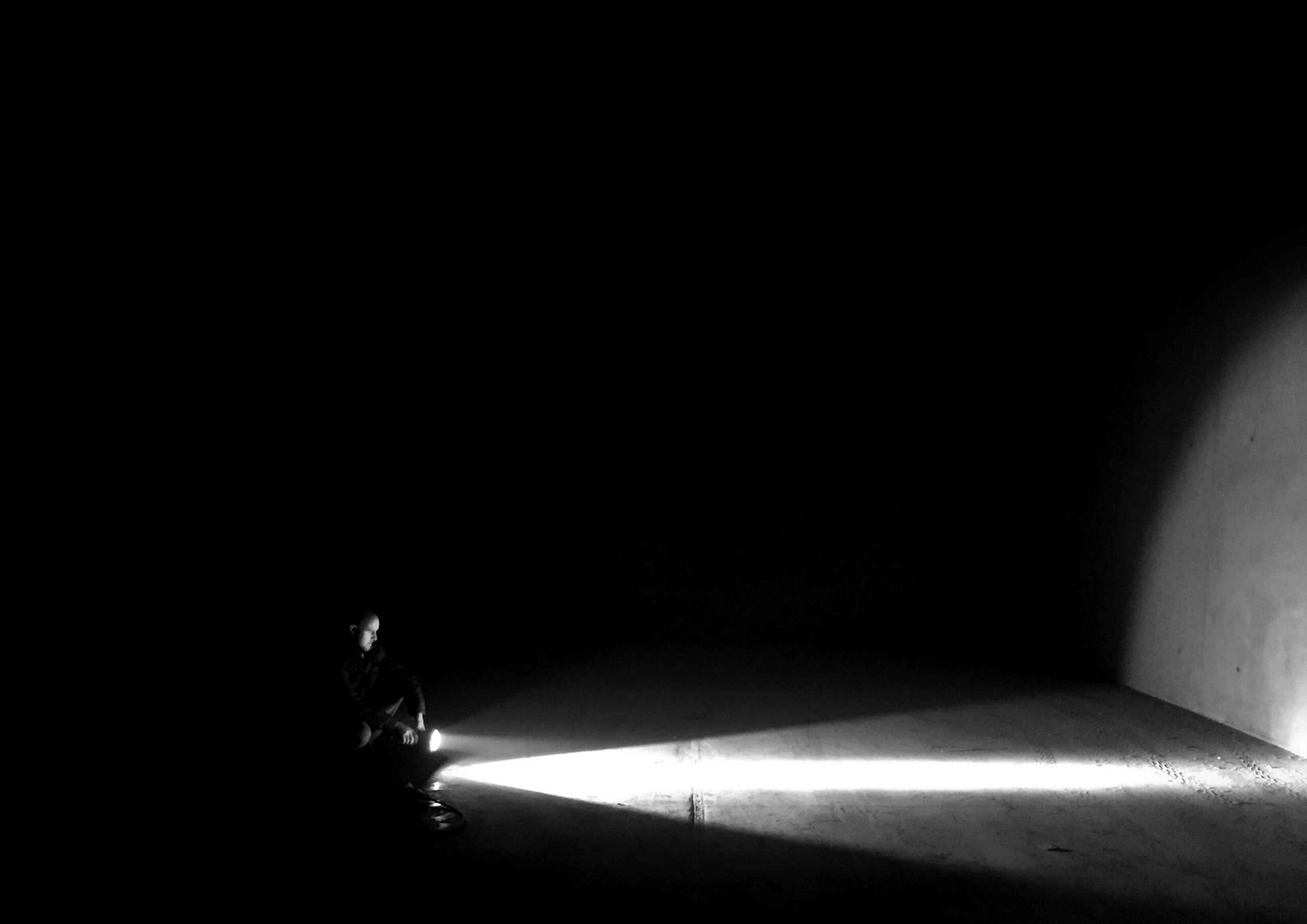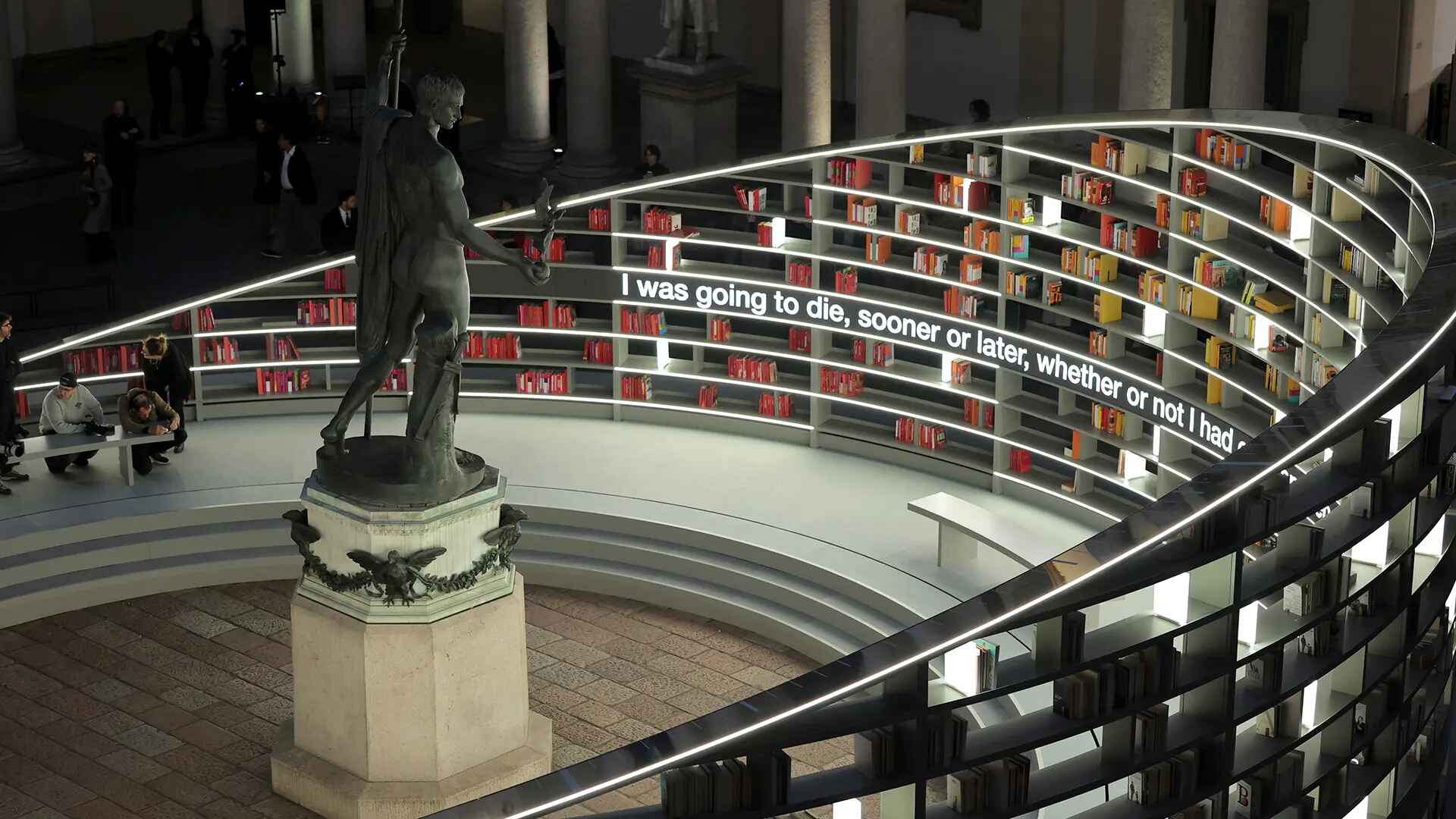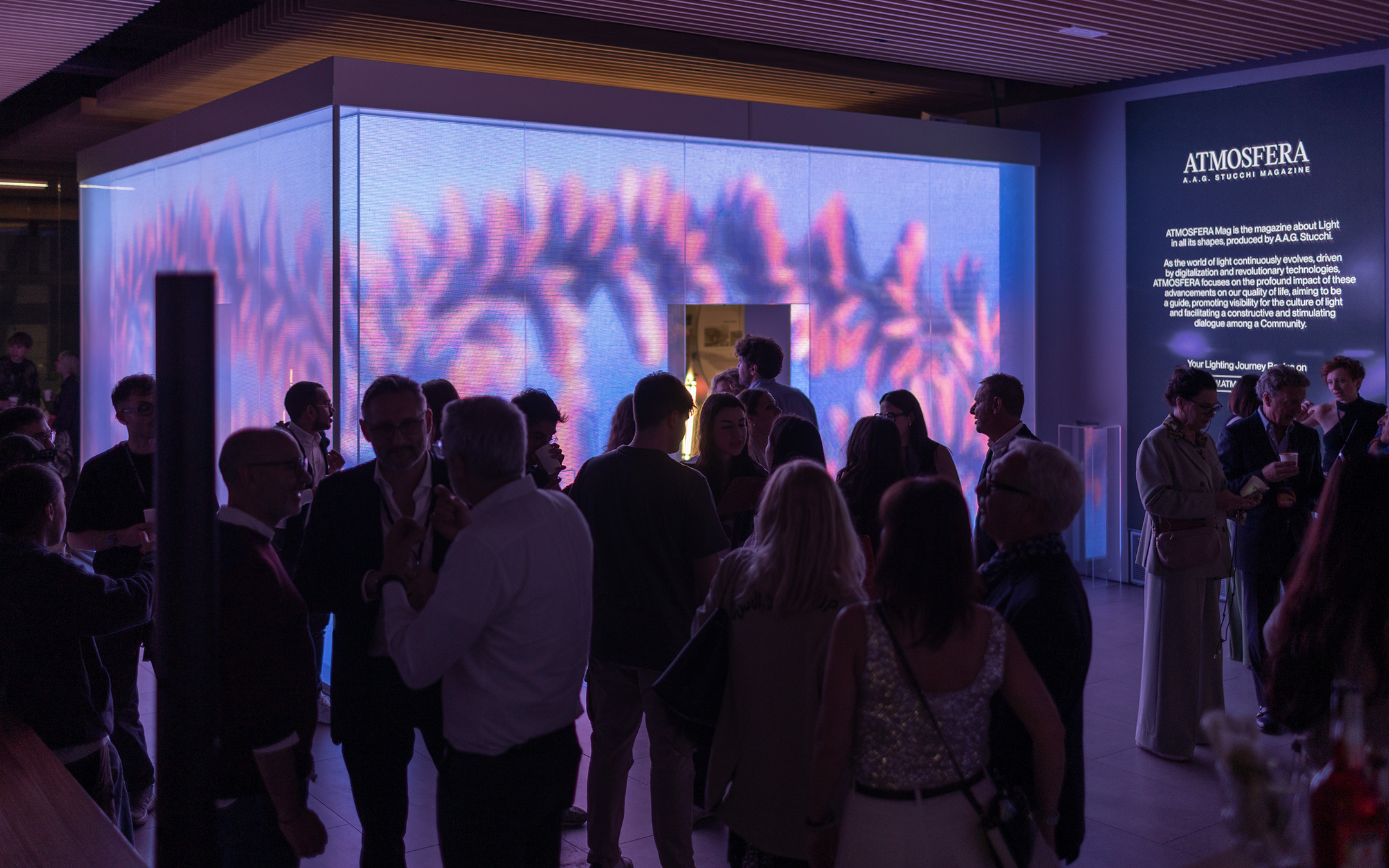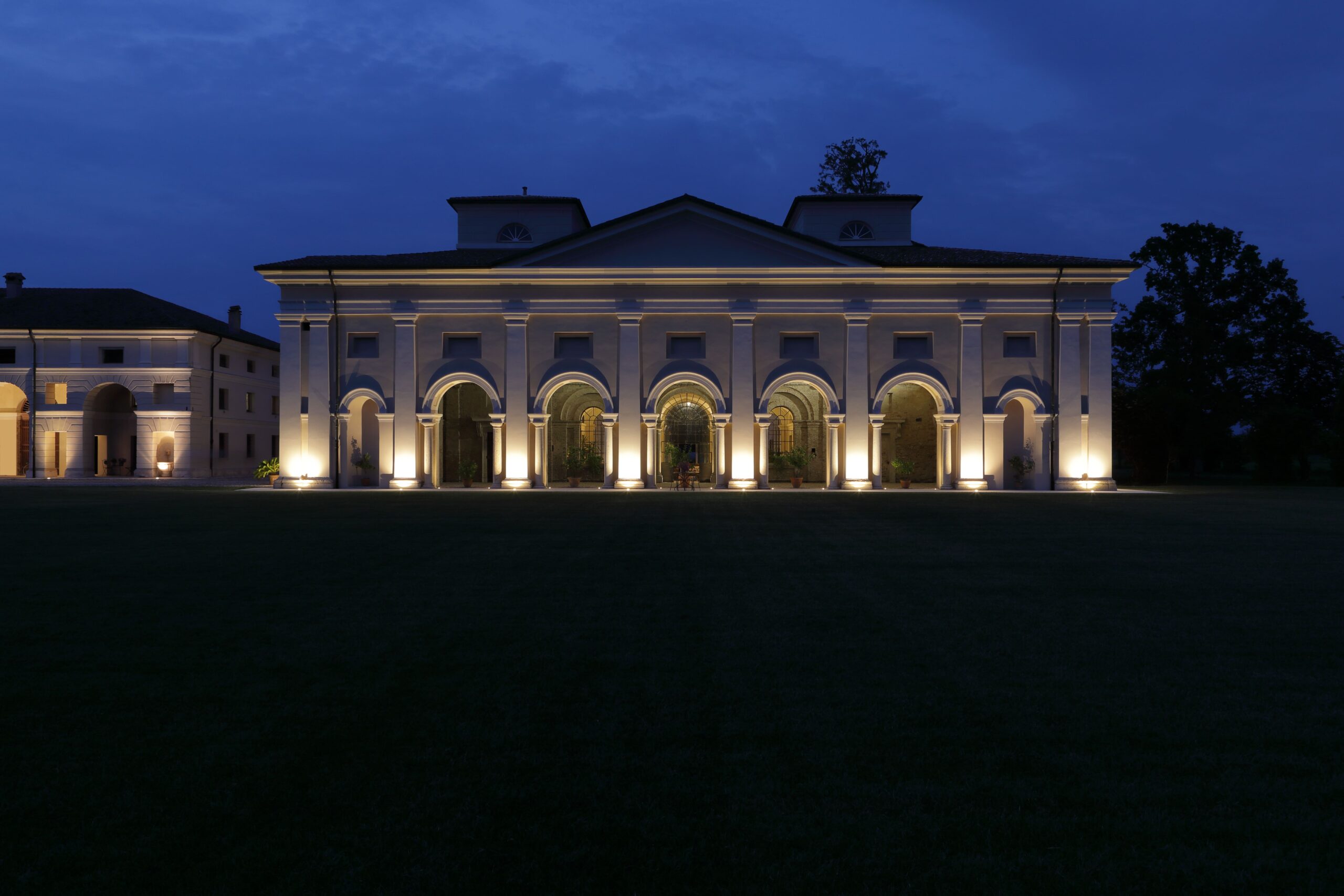Blade Runner has become a cult movie, not only for its innovative narrative themes, solidifying its status in sci-fi cinema history, but also for redefining aesthetic standards with its retro-futuristic and early Cyberpunk imagery. Loosely based on Philip K. Dick‘s 1968 novel The Androids Hunter (Do Androids Dream of Electric Sheep?), Blade Runner is a generational film for the youth of the 1980s, but one that has managed to build up a considerable fan base in later generations as well.
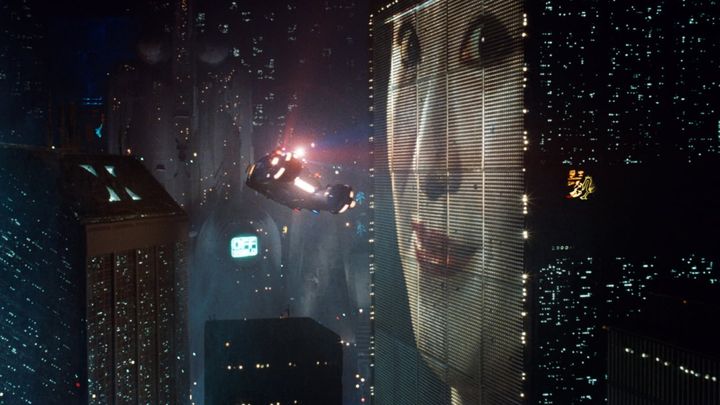
The Plot of Blade Runner
Set in a dystopian 2019 Los Angeles, the film explores themes of identity and reality when technology has become indistinguishable from the human. The protagonist is Rick Deckard, played by Harrison Ford, a ‘blade runner’ tasked with tracking down and ‘recapturing’ (a term used as a quiet synonym for killing) fugitive replicants. Created by the Tyrell Corporation for harsh environments, these beings seek their maker to extend their short, programmed lives. The story highlights the moral quandary of this hunt, especially as Deckard falls for Rachel, a replicant unaware of her true nature.
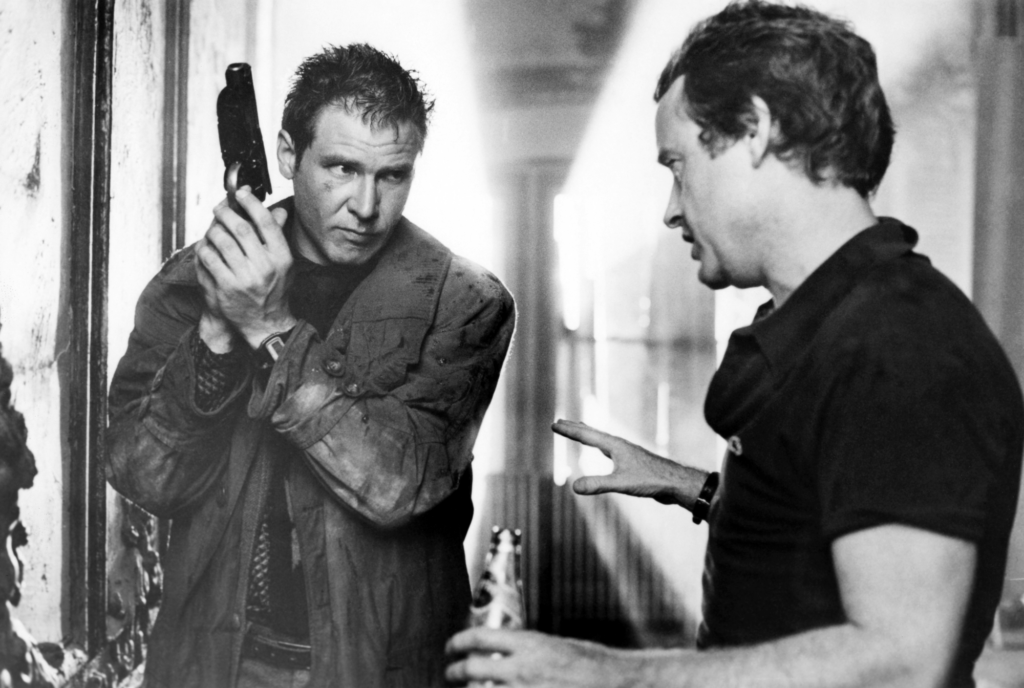
Blade Runner’s Set Design and Lighting
The setting of Blade Runner is a masterpiece of design: the city is an amalgamation of architectural styles, from futuristic skyscrapers to decadent buildings, all bathed in an atmosphere of decay and abandonment. The typical cyberpunk vision of the future has influenced many subsequent works. Light plays a role in defining the aesthetics and atmosphere of Blade Runner. Innovative lighting techniques create a dark, oppressive atmosphere with wet street reflections, long shadows, and chiaroscuro, emphasizing the tension between reality and artifice, humanity and technology.
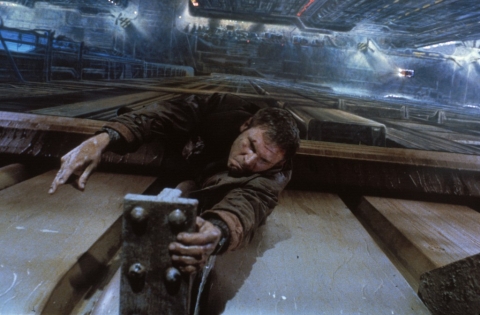
The Neon Lights of Blade Runner
Neon lights, used extensively in the film, symbolize the beauty and decay of its narrative world. These lights, often in Chinese characters or other alphabets, reflect the urban melting pot and add an exotic feel. The contrast between the vibrant neon brightness and surrounding darkness mirrors the loneliness and isolation in an overcrowded world, reflecting the rampant globalization of the 1980s.
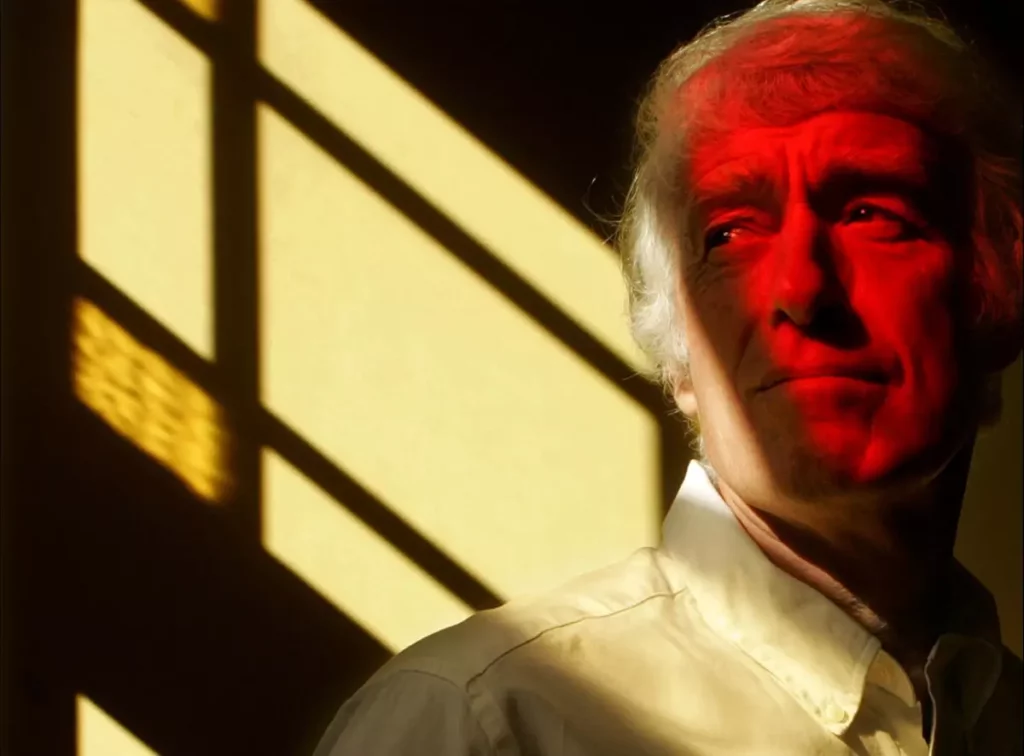
The sequel: Blade Runner 2049
The sequel, Blade Runner 2049 (2019), coincides with the date of the first chapter, evolving and updating the themes addressed previously. Directed again by Ridley Scott, it innovatively updates the set design. The discourse on light is pursued differently, with brightness being more present first and foremost, moving away from the typical neo-noir atmosphere of its predecessor; moreover, the images of Blade Runner 2049 reflect the higher resolution of contemporary cinema images and play more on colour as a vehicle for emotional transport.
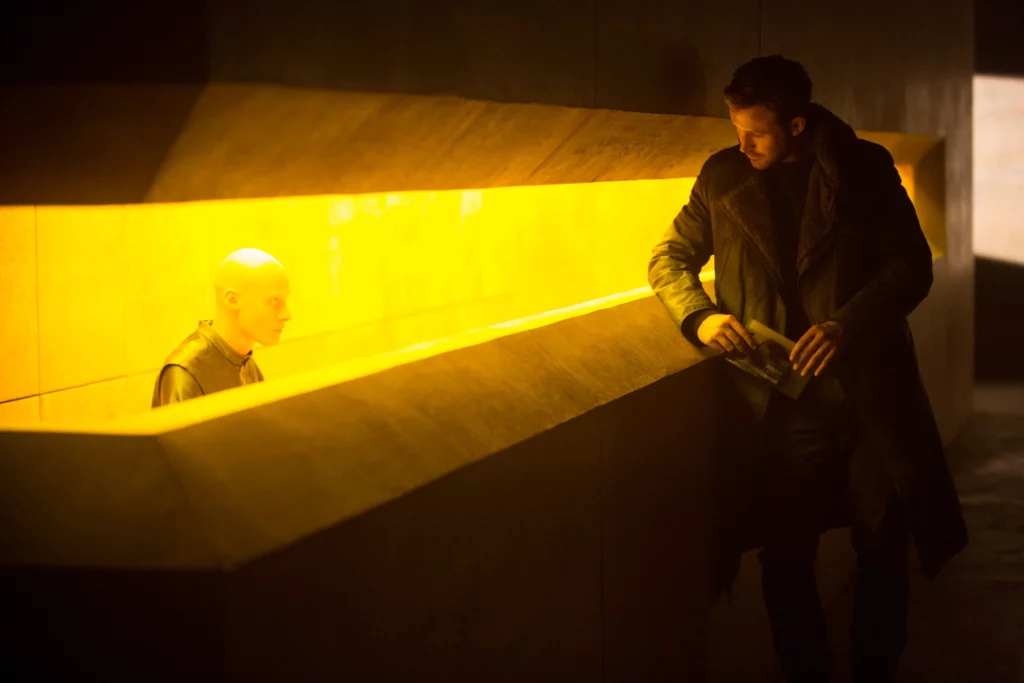
Yellow and orange, in particular, provide an overview of the post-apocalyptic scenario depicted.


